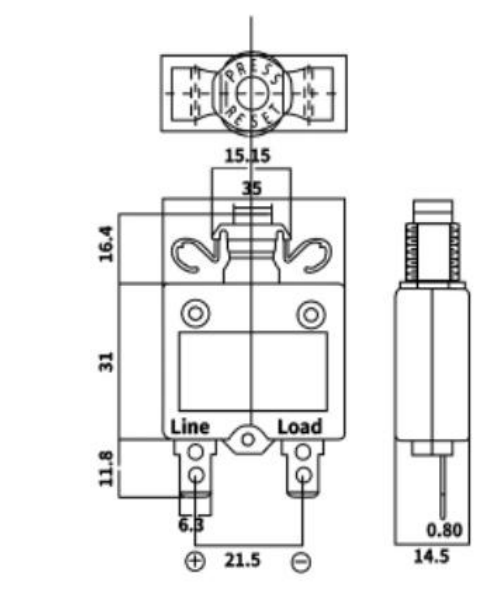Understanding Expansion Joint Foam Strips Importance and Applications
When it comes to construction and structural design, ensuring the integrity and longevity of structures is paramount. One of the key components that facilitate this is the expansion joint foam strip. These strips are essential in managing the thermal expansion and contraction of materials, ultimately contributing to the stability and durability of buildings and other structures.
What Are Expansion Joint Foam Strips?
Expansion joint foam strips are flexible materials placed within expansion joints in various types of structures, including bridges, buildings, highways, and other infrastructure projects. These strips are typically made from compressible materials like polyethylene or polyurethane foam. They serve as a buffer zone, allowing for the movement caused by temperature changes, settling, and seismic activity while preventing debris and moisture from entering the joint.
The Importance of Expansion Joint Foam Strips
1. Thermal Movement Management All materials expand and contract due to temperature changes. In large structures, this movement can be significant, leading to cracks and distortions. Foam strips absorb this movement, allowing structures to flex without damage.
2. Moisture and Debris Protection The main function of expansion joint foam strips is to protect the joint from environmental elements. This means that they keep moisture, dirt, and other debris from entering the joint, which could lead to corrosion and freeze-thaw damage.
3. Noise Reduction In applications such as bridges or parking garages, expansion joints can create noise as they flex. Foam strips can help dampen this noise, providing a more comfortable experience for users of the structure.
expansion joint foam strip

Applications of Expansion Joint Foam Strips
1. Civil Engineering In civil engineering, expansion joint foam strips are commonly used in bridges and highways. They ensure the joints can accommodate thermal movements and vehicular loads while maintaining structural integrity.
2. Building Construction In multi-story buildings, expansion joint foam strips help manage the movements due to the variable thermal expansion of different materials used in the construction (e.g., concrete, metal, glass).
3. Parking Structures Parking garages often have large spans and undergo significant movement from vehicles. Foam strips in these joints reduce noise, manage movement, and protect underlying structures from moisture ingress.
4. Industrial Applications In warehouses and factories, heavy machinery can cause vibrations and shifts in foundations. Foam strips help protect the structural joints from the stresses these operations can produce.
Conclusion
In summary, expansion joint foam strips play a critical role in the longevity and safety of structures. By accommodating thermal movements, protecting against moisture and debris, and enhancing both functionality and aesthetics, these strips are invaluable to architects, engineers, and builders. As we continue to develop more complex and large-scale structures, the importance of reliable expansion joint systems will undoubtedly grow. Selecting the right foam strip, tailored to the specific materials and environmental conditions of a project, is vital for achieving optimal performance and ensuring the durability of our built environment. Ultimately, expansion joint foam strips exemplify the intersection of engineering innovation and practical application, providing essential solutions to common challenges in construction and design.
-
XIANGFAN Rubber Tape-Ultimate Solutions for All Your Insulation NeedsNewsJun.24,2025
-
XIANGFAN Rubber Tape-Protection for Industrial and Residential ApplicationsNewsJun.24,2025
-
XIANGFAN Rubber Tape: Superior Safety and Sealing for Demanding EnvironmentsNewsJun.24,2025
-
XIANGFAN Rubber Tape: Reliable Solutions for Every Electrical ChallengeNewsJun.24,2025
-
XIANGFAN Electrical & Industrial Tape: Powering Reliability Across IndustriesNewsJun.24,2025
-
XIANGFAN Electrical & Industrial Tape: Excellence in Every ApplicationNewsJun.24,2025
